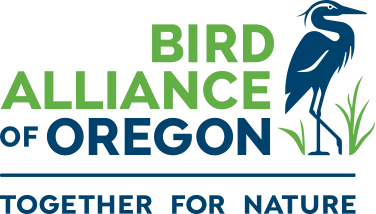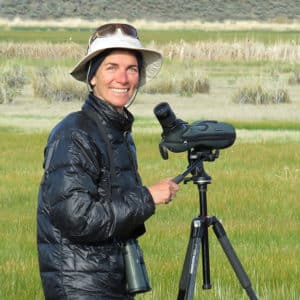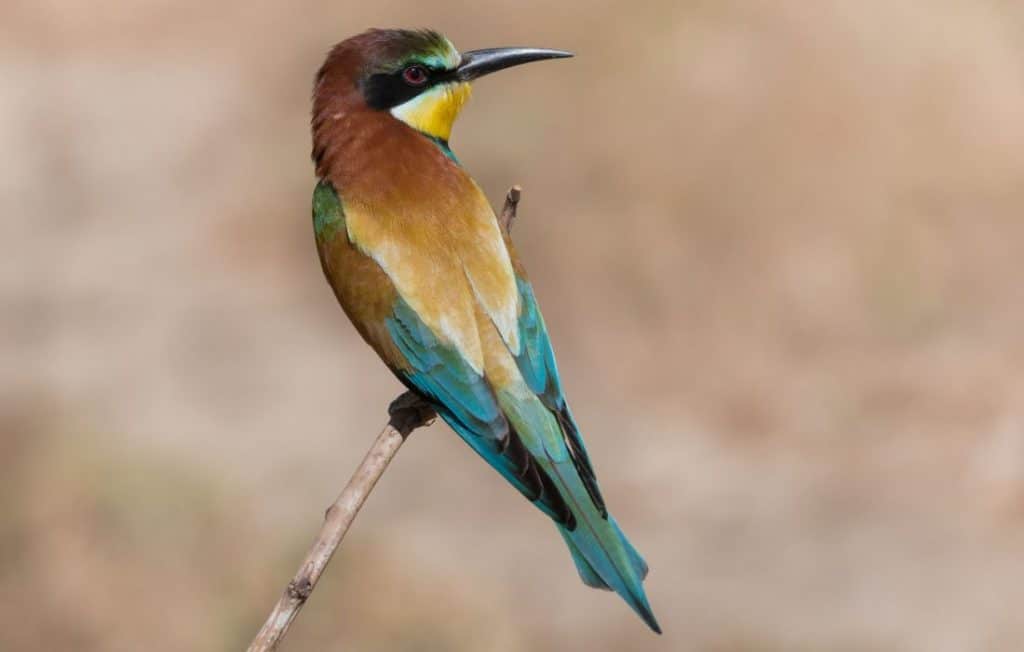Trip Details and Bird Highlights
Our trip begins in the forests surrounding Las Terrazas Community, established in 1968 as a reforestation and community-integrated development project. In Cuba’s post-revolutionary history, Las Terrazas has blossomed as a model of sustainability and is a prime destination for ecological tourism. We’ll visit Cuba’s western mountains and the unique and beautiful karstic landscape of western Cuba, with towering limestone monoliths and many exciting birds, including the elusive Cuban Solitaire, Giant Kingbird, and Olive-capped Warbler, the colorful Cuban Trogon and Cuban Tody, Cuban Green Woodpeckers and many more.
We’ll then travel to the Zapata Peninsula, home to the largest wetland in the West Indies and host to a slew of specialty birds. Framed by the pristine Caribbean coastal environment of the Bay of Pigs, the peninsula features open swampland, low coastal forests, sparkling white sand beaches, healthy coral reefs, and refreshing natural limestone pools called cenotes. Our target birds include the Bee Hummingbird—the smallest bird on the planet!—and the rare and endemic Zapata Wren. Cuban Black Hawk, Zapata Sparrow, Fernandina’s Flicker, Bare-legged Owl, Tawny-shouldered and Blue-headed and Grey-fronted Quail Doves are among the many other birds we will hope to find during this portion of the trip. There is even an opportunity for snorkeling in the famous Bay of Pigs!
We’ll visit the Atlantic coast and explore the keys of the Cayo Coco archipelago, one of Cuba’s most important migratory landfalls. Here we’ll seek out the Cuban Gnatcatcher, Oriente Warbler, Thick-billed Vireo, the near-threatened West Indian Whistling Duck, as well as numerous shorebirds and aquatic birds, and hope for a glimpse of the elusive Bahama Mockingbird. We conclude our trip in Cuba’s beautiful capital city, including a tour of Old Havana and time to explore the walkable neighborhoods around our lodging.
Nils Navarro will be joining this adventure as well! Nils is a highly respected scientist, artist and author (A Comprehensive Field Guide to the Endemic Birds of Cuba), and is the primary authority for eBird reporting in Cuba. Together with Candace Larson and Mary Coolidge, this is a leadership team par excellence.












